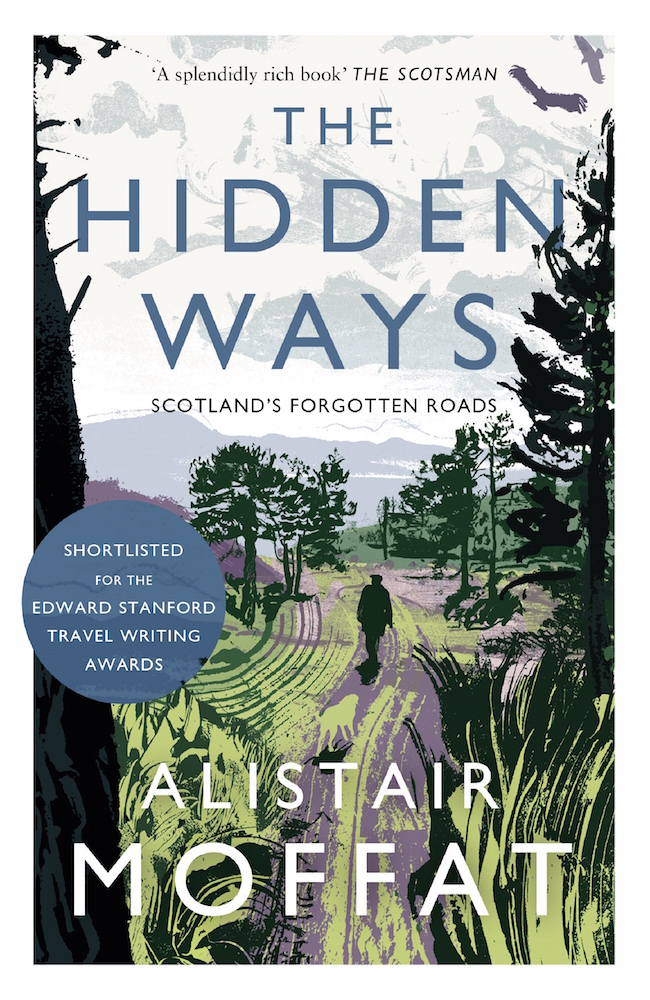People don’t walk nearly anywhere as much as our ancestors did. Through centuries past, people walked to till the land, feed themselves, to pray, and to conquer. Walking was the only mode of transport for most of human history, and through his charting of a dozen Scottish walks Alistair Moffat also brings Scotland’s history to life. This is a work that makes one wish that this was how history could be taught – through living and breathing the lives from the past and understanding them through their journeys.
From Berwick-upon-Tweed to Glenelg and from Dunbar to Connell, Moffat traverses each road on his own, and relives the lives of people gone before him. Each route has a theme. Some are related to the Roman conquest of Britain, some to the fishing along the Tay, and others to Christian pilgrims on their walk to St Andrews. Moffat’s tenacity in following these paths is commendable and his rendition is painstaking. Where some of these historic roads are lost due to new construction, there is a collective sigh at the loss.
It is impossible not to pick favourites. There is a short route through Edinburgh, replete with the excitement and fervour of an Old Town Edinburgh mob. The very pulse of the national capital is captured on this walk that will appeal to anyone who has ever visited the High Street. Another highlight is the Rail Road, which goes along the Ballachulish Line that shut in 1966. The Appin murder that served as the background of Robert Louis Stevenson’s Kidnapped forms the backdrop of this walk too, and its retelling misses none of the sense of adventure or intrigue in the fictional variant. And Moffat’s introspection over his upbringing as a Lowland Scot from the Borders is particularly insightful, adding to the sharp contrast in the life of Highlanders.
Regardless of the reader’s relationship with Scotland, Moffat’s work has universal appeal. This book is the beginning of a series of walks yet to be developed, aided by technology, which is meant to revive people’s interest in walking and to supplement each route with the richness of history. A wonderful read.
